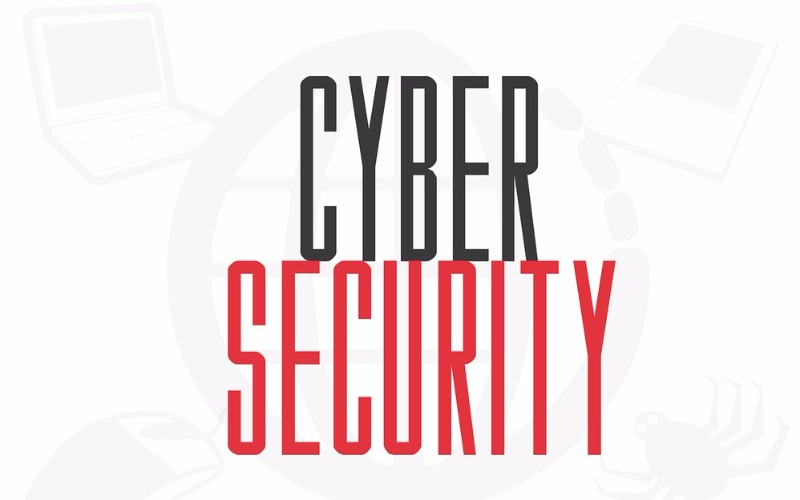Semalt: 5 Vital Tips On How To Stand Against Phishing Scams and Spam

Approximately 1.6 billion bits of email spam is sent on a daily basis all over the world. It is estimated that 20 percent of the emails that are sent to you are spam. In North America, it is possible to trace the source of 80% of the spam since they are known to come from 200 popular spammers. Spam is a concern since it forms the basis upon which phishing attacks can be launched. Phishing risks you back account and your identity while spam is usually annoying.
Oliver King, the Customer Success Manager of Semalt, elaborates on the following approaches through which you can safeguard yourself against spam.
Open up multiple email addresses.
Firstly, set up a personal email address and restrict its use to personal correspondence to a few set of family and friends. In most cases, spammers build email lists by joining common names, numbers, and words. So as much as you would desire to use your surname and first name in your email address, it is advisable to be creative and select unique combination of characters. Primarily, you want to make it difficult for an individual to derive your personal email address. Now open a public email address and use it in situations that require you to subscribe to online services or register for a forum. Try to adopt the following measures with your public email address. Change it frequently. Use numerous public email addresses. These two moves will help you to know who is giving out your email address to potential spammers. After determining sites or platforms selling your email address, you are advised to avoid them and also report to Google.

Never reply to any spam.
The majority of the spammers verify log responses and receipts to their spam email addresses with an objective of determining the performance. This implies that the more you respond to this emails, the higher chances are that the number of spam will increase.
Reflect before you decide to unsubscribe.
It has been discovered that spammers are now sending fake unsubscribe emails dominated with spurious unsubscribe links. The tricks work in their favor by ensuring that once you click "unsubscribe" the amount of spam you receive increases. If an email comes from an unknown source and prompts you to unsubscribe, you are advised to resist the urge.
Ensure your browser is up to date.
Browser developers often update these applications to ensure that all the current security patches are in place. Failure to update your browser exposes your computer to malware or bugs that can collect your personal information and sends it to the spammers. You are advised to ensure that your auto update button is always on a move to safeguard your data.

Invest in anti-spam filters.
Ensure that the provider of your email account has numerous anti-spam features. Gmail from Google has a spam folder where it automatically filters email that it speculates to be spam from getting to your inbox. This serves to reduce annoyance created by spam especially when they find their way to the primary inbox.